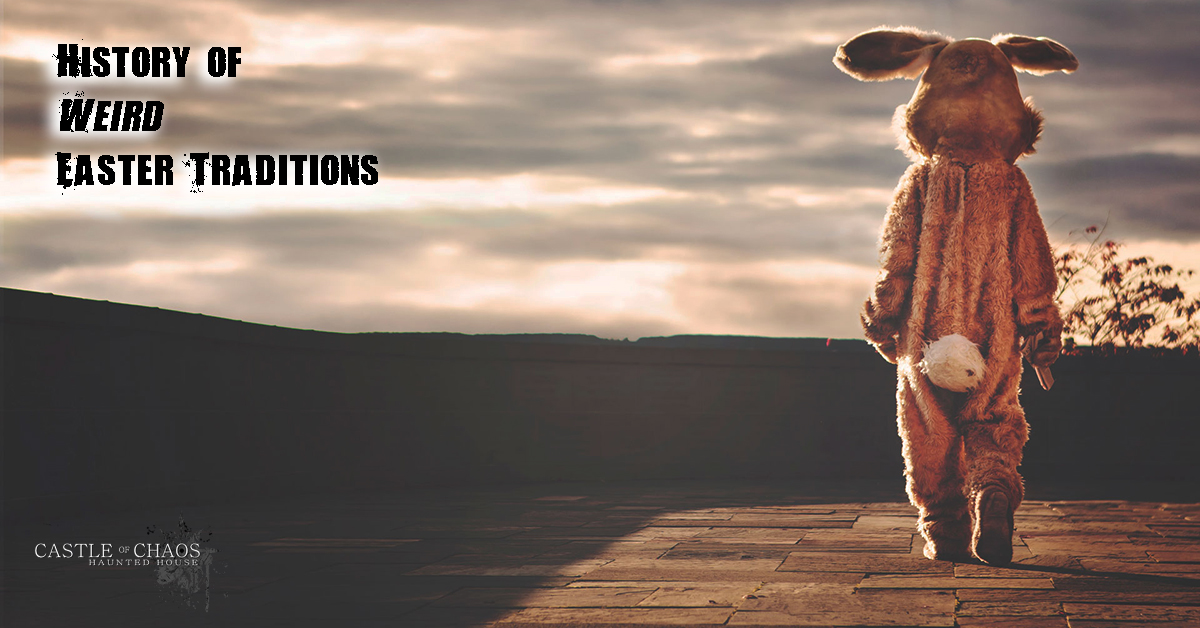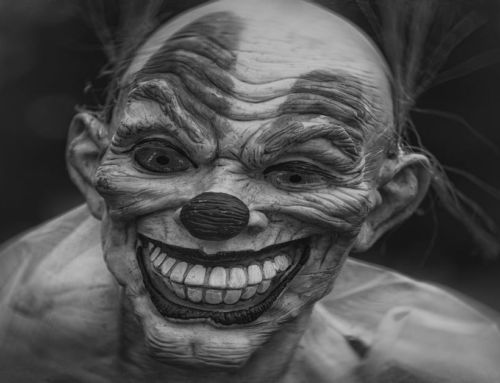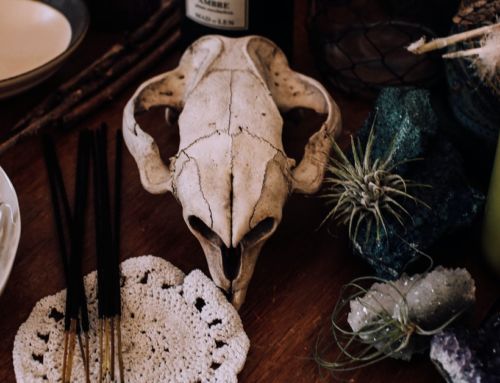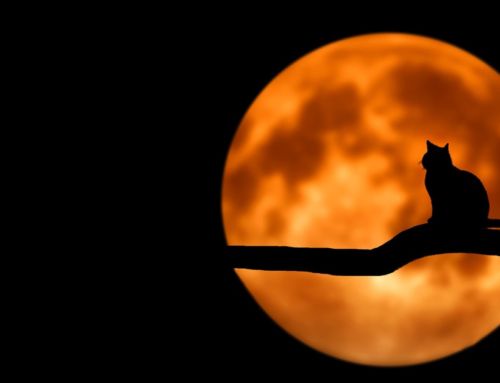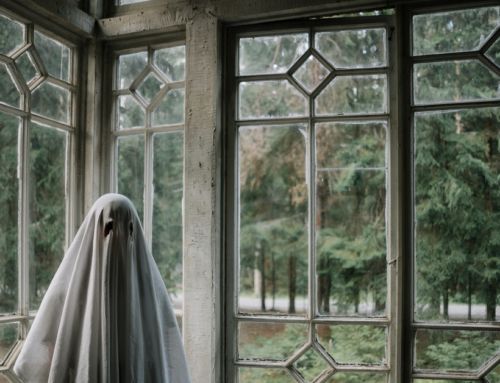History of Weird Easter Traditions
Spring is here again, and you can’t go anywhere without seeing depictions of colored eggs and frisky rabbits. If you are from a Judeo-Christian background, you’ve probably noticed that neither the story of Passover nor the story of Jesus’ resurrection mentions anything about eggs, rabbits or even flowers. So where does all that come from? Is it just a marketing ploy to get parents to buy more candy? Well, yes it pretty much is, but there is some weird history behind our wacky Easter traditions.
The Word “Easter”
The holiday that Christians celebrate in commemoration of Jesus’ resurrection is never called Easter in the Bible. Scholars have debated over the origin of the name, but most agree that it has something to do with the names of Germanic goddesses that were celebrated in connection with springtime. Eostre is one such goddess that is vaguely referenced in historical documents. She seems to have been associated with springtime, the dawn, and fertility. Scholars have speculated that the tradition of Easter falling during the first full moon after the Spring Equinox was inspired by a desire to replace pagan traditions that fell during this time with a Christian holiday.

Easter Eggs
Decorated bird eggs have been exchanged as Easter gifts since at least the 13th century. In 1290 King Edward I of England ordered 450 eggs to be gold-leafed and colored for Easter gifts. Long before dye tablets were invented, people in the Middle Ages were pasting onion skins and flowers to all kinds of eggs to make them festive. So why are eggs associated with Easter? Eggs have always been seen as symbols of new life and renewal, concepts that are synonymous with both spring and the resurrection of Jesus. It is possible that decorated eggs were used in pre-Christian festivals that were then incorporated into the Easter celebration. Basically, people thought decorating eggs was fun and wanted to do it even after they converted to Christianity.
There is an old Anglo-Saxon story that may be a clue as to the origins of the Easter egg and Easter bunny traditions, but it may also be a story constructed later to explain the customs. Legend has it that the goddess Eostre rescued a wounded bird by turning it into a hare so that it could survive the winter cold. The newly transformed hair found that it could still lay eggs, so it (somehow..) decorated them each spring and left them as an offering for the goddess.
Most people now don’t leave eggs as offerings, but there is such as thing as a World Egg-Jarping Championship. Egg-Jarping also known as egg tapping is a game where participants tap boiled eggs against one another with the goal of breaking the other person egg and not your own. In places like England and Louisiana, it’s considered a serious sport and is especially popular during the Easter season. Egg tapping goes back to at least the middle ages, and no one knows how or why it originated. I think it may have had something to do with people being bored to insanity after a long winter. Other egg-related Easter games such as egg rolling and hunting eggs also seem to just be a great excuse to get outside in the spring weather.

The Easter Bunny
The Easter Bunny was a historically popular tradition among Germanic cultures, including the Anglo-Saxons who were probably responsible for taking it to Merry Old England. The Easter Bunny, or Osterhase in German, was brought to America in the 1700s by the German immigrants who became known as the Pennsylvania Dutch. This original American Easter Bunny visited homes laying colorful eggs in the nests that children made for them. The kids also left out carrots in case the bunny got hungry on his rounds. Over time chocolate and small toys were added to the colored eggs, and the nest became a basket, making room for the consumerist bonanza that Easter has become today.
So why are rabbits a part of the holiday? Rabbits are known as enthusiastic breeders and therefore are often used to symbolize new life and fertility. They were probably used as symbols of spring goddesses like Eostre and may have played a part in pagan celebrations of spring. Oddly, in some parts of Germany, it is a fox, the Osterfuchs, (no it’s not pronounced the way you think) that delivers eggs instead of a bunny. No one’s exactly sure what that’s about. I’m also not sure where the tradition of dressing adult people up as horrifying human/ rabbit hybrids and forcing children to sit on their laps came from, but I think it’s fair to say that we’ve taken the easter bunny a step too far.
Many holiday traditions with strange origin stories have become less strange over time, but the Easter Bunny tradition seems to be getting weirder. Whenever I see a mall Easter Bunny waiting for children I just think of the guy in the rabbit costume in Donnie Darko. Apparently, I’m not the only one who thinks “horror” when I see a man-sized Easter Bunny, filmmakers have taken full advantage of the Easter Bunny’s creepy potential. Movies like Easter Bunny, Kill! Kill!, Kottontail, and Easter Casket are worth mentioning for the titles alone. If pastel eggs aren’t your thing, an Easter horror movie might be the perfect excuse to sit in front of a screen and eat your chocolate.

